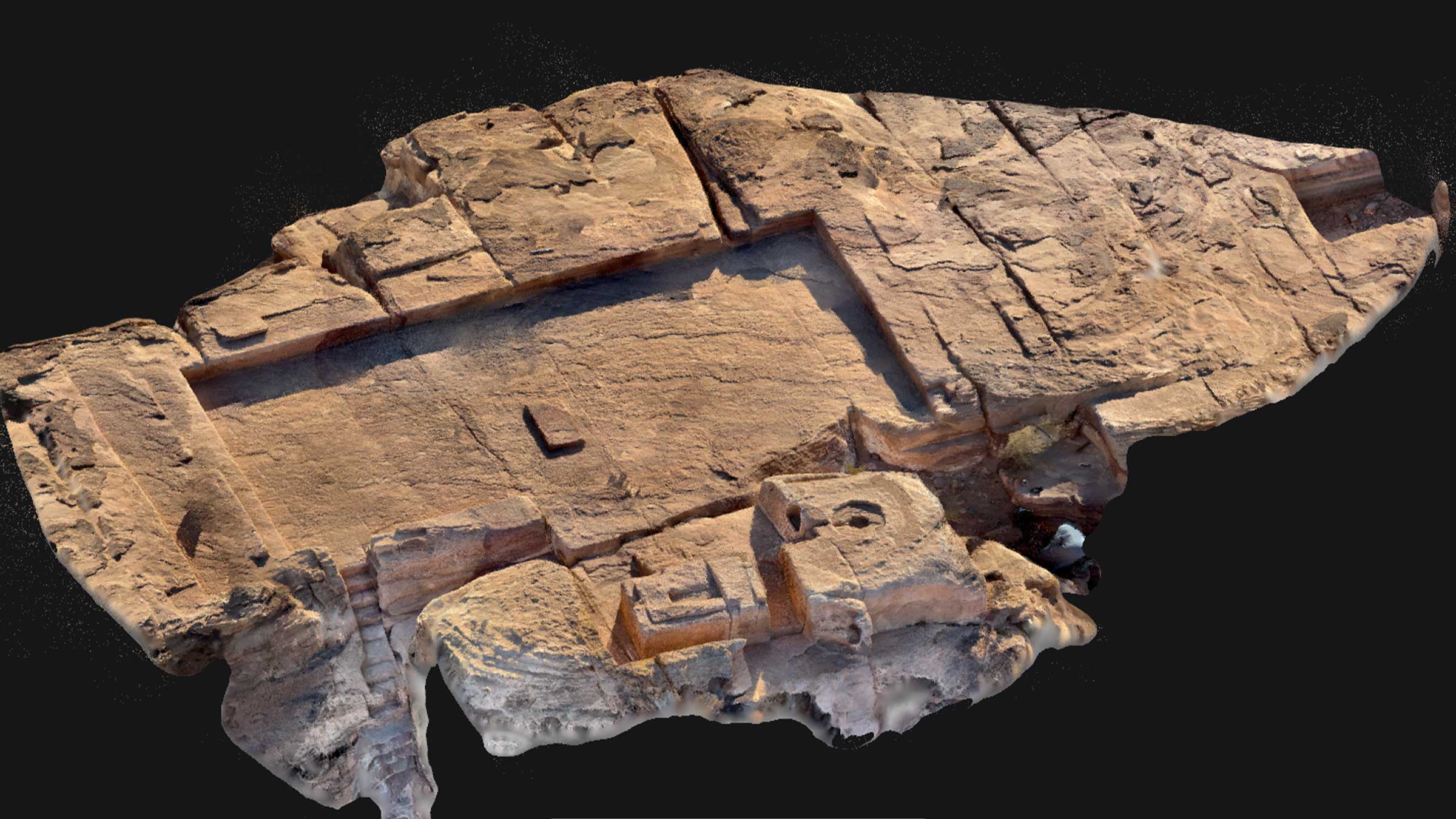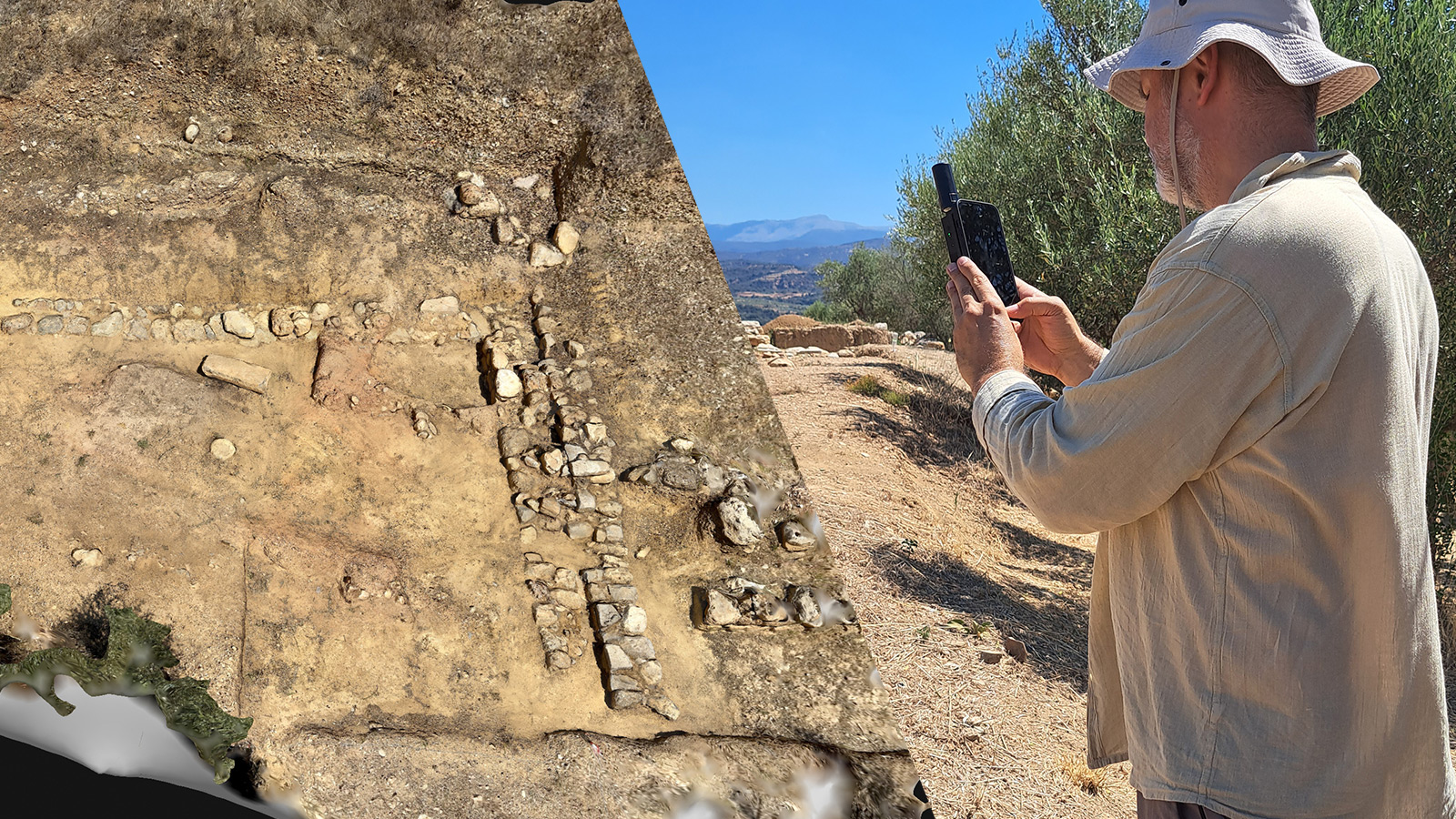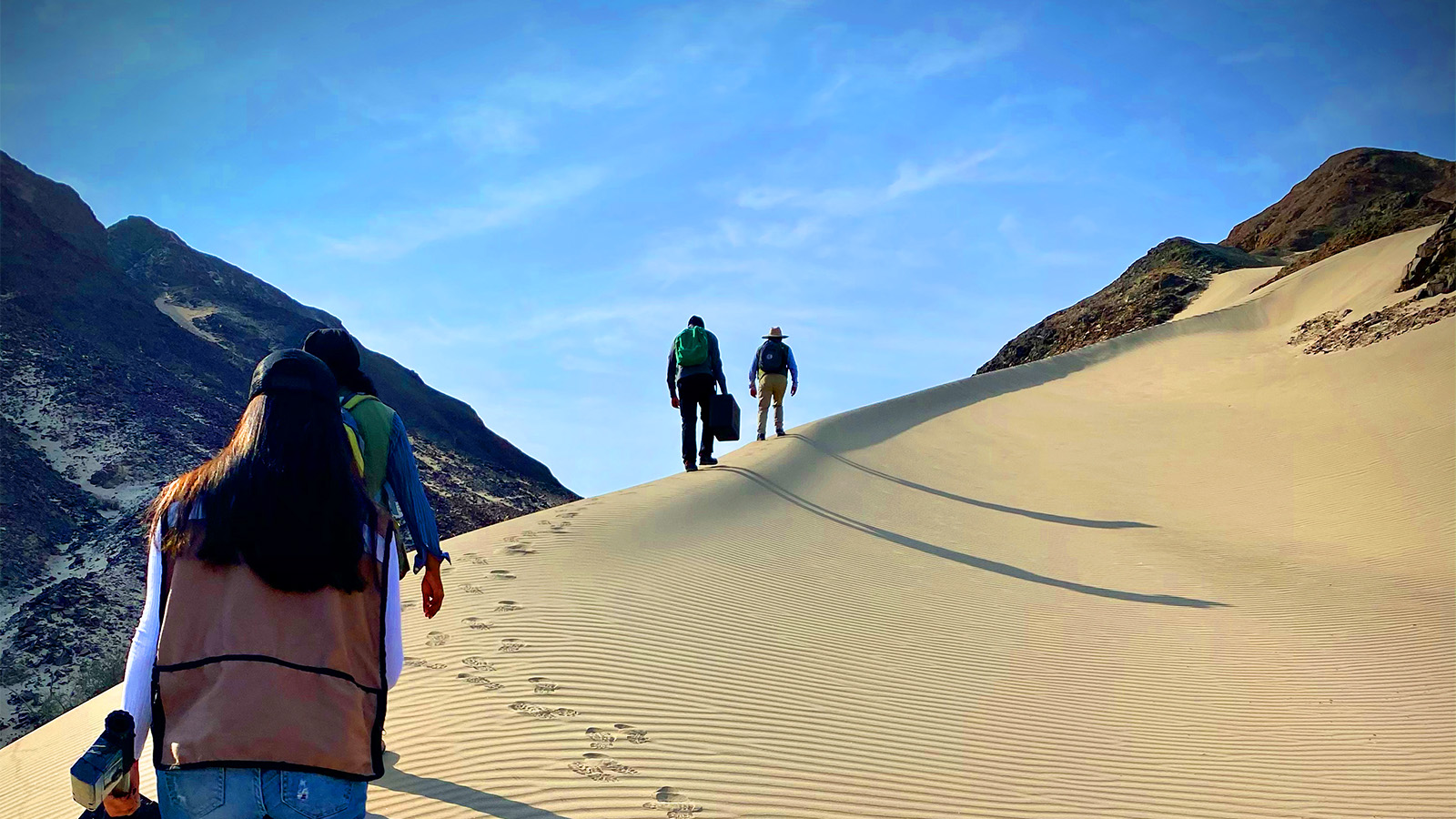Digital tools for cultural heritage preservation
Located in the Emilia-Romagna region in Italy, Piacenza is home to centuries-old landmarks that represent the region's identity and artistic achievements. Safeguarding these treasures is about honoring the past and ensuring their accessibility for future generations. In today’s rapidly evolving technological landscape, integrating digital tools into conservation efforts offers new opportunities to document and share cultural heritage.
We spoke to Rebecca Fascia, a PhD student at the Piacenza campus of Politecnico Di Milano, whose lab, LabMGF, has developed the CH-Pix4D platform, a digital archive aimed at digitizing and promoting the cultural heritage of Piacenza. The project emphasizes the shift from traditional to digital methods of conserving culture, and how digitization allows for the promotion of real-time, data-driven documentation.
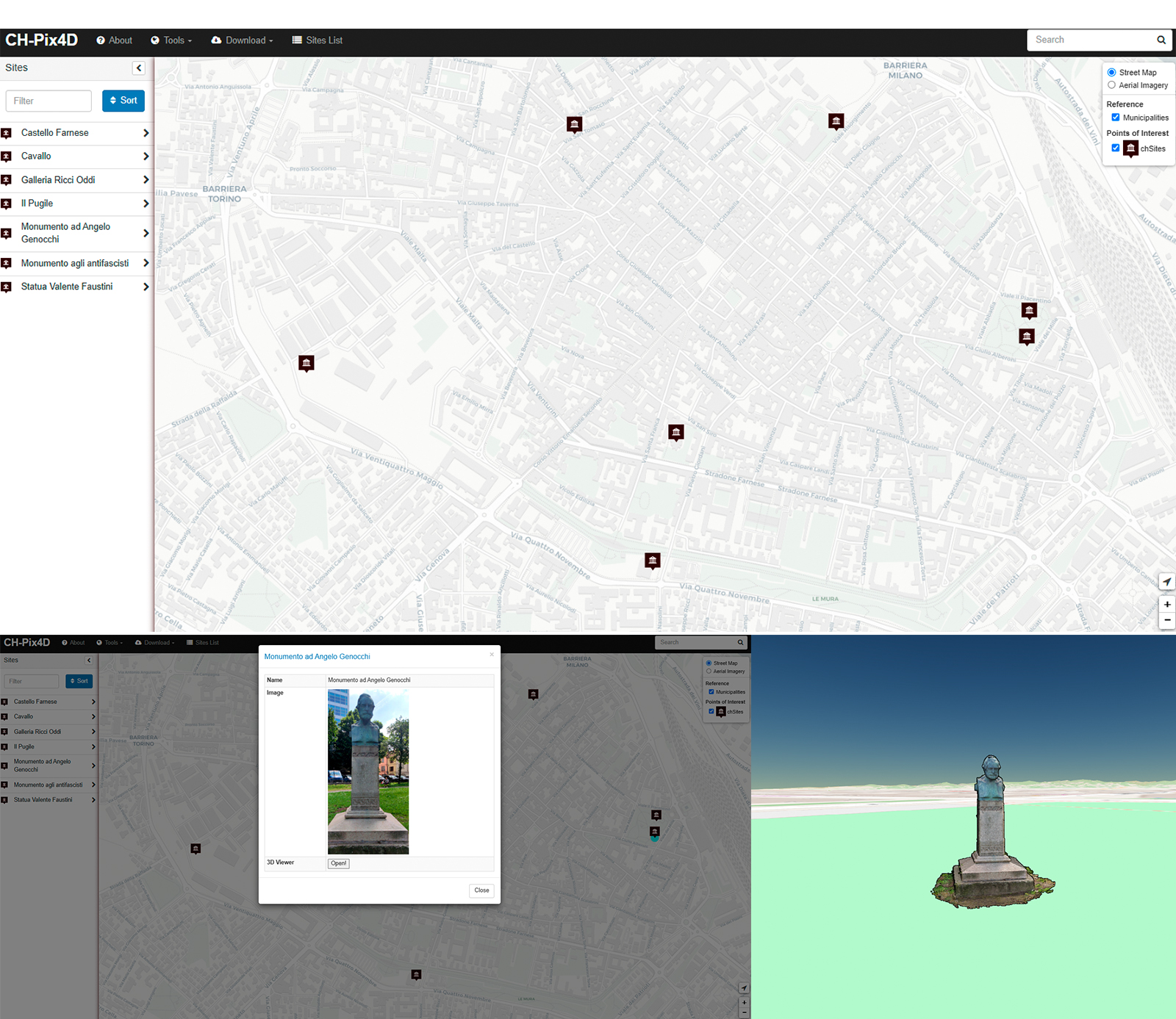
This web-based archive is designed to be accessible to everyone; conservationists, educators, and tourists. The platform is currently in its prototype phase but will eventually be available online for those interested in exploring Piacenza's cultural heritage.
Digital tools for cultural preservation
The students used the smartphone 3D scanning application PIX4Dcatch to collect data, showing how this software can play a vital role in preserving cultural heritage. The tool enabled the architecture students to engage in hands-on fieldwork, using photogrammetry to document Piacenza's historical landmarks. This facilitated the development of technical expertise while fostering cultural awareness and strengthening their skills in heritage conservation. This project showcases the potential of modern technology in preserving the past.
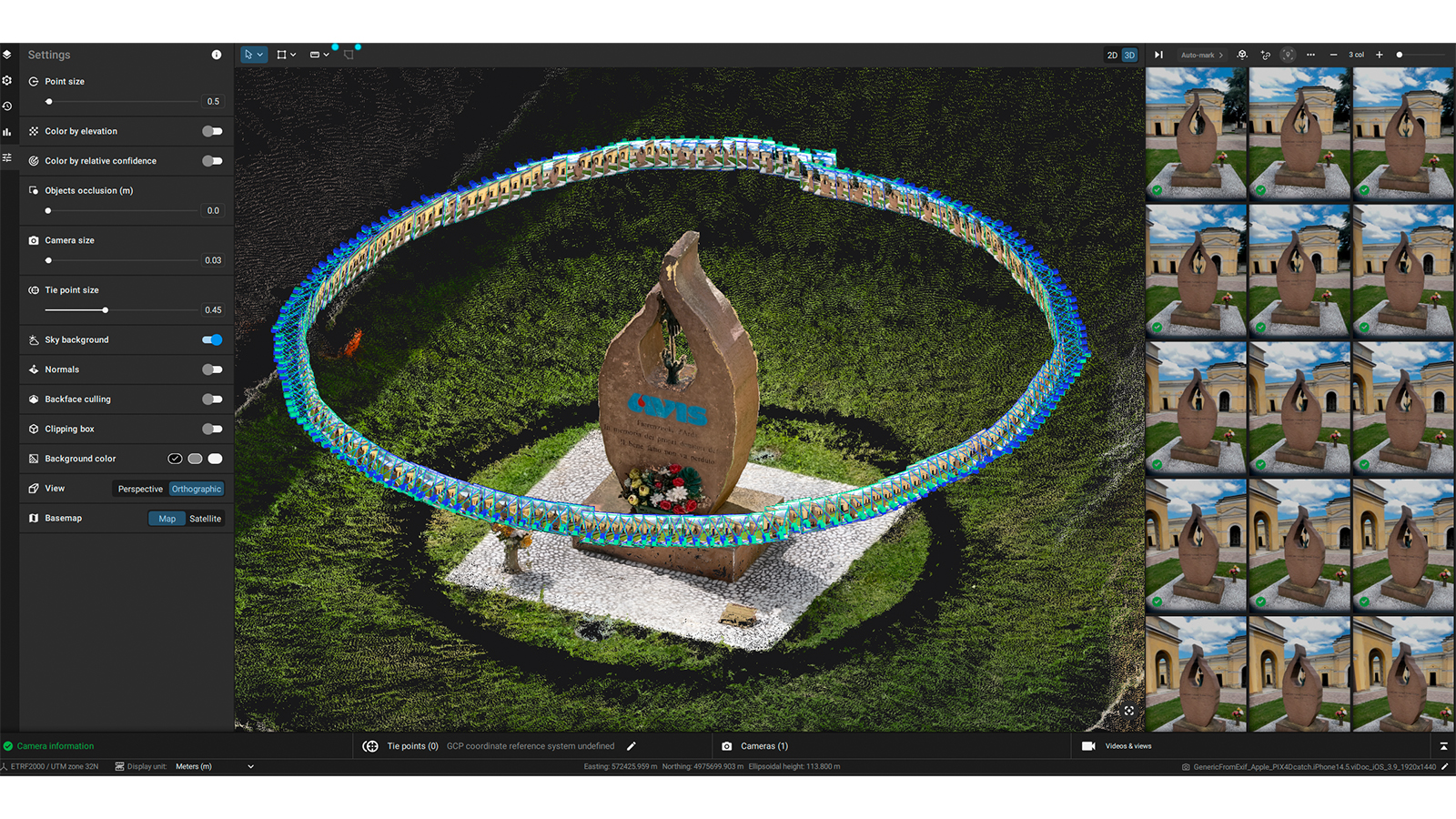
Cultural heritage documentation with 3D scanning
Documenting cultural heritage with traditional methods can be slow and resource-intensive. PIX4Dcatch, paired with an RTK device, offered a fast and efficient alternative for photogrammetric surveys of architectural works and sculptures. The students appreciated its user-friendly design, smartphone compatibility, and the comprehensive tutorials available on the website, which made it easy for beginners to use. PIX4Dcatch enabled the students to survey assets within minutes, providing quick feedback on execution through the mobile app.
Project details:
| Location | Piacenza, Emilia-Romagna, Italy |
| User | Politecnico di Milano |
| Number of images | From 5 different projects: 267/ 180/ 156/ 61/ 474 |
| Software used | PIX4Dcatch PIX4Dmatic RTK |
| Processing time | Calibration: 1-10 minutes, Dense point cloud: 5-47 minutes |
| GSD | From 0.2 to 0.8 cm, depending on the project |
Future plans include further research and new initiatives, such as virtual tours and educational programs that will expand public access to cultural heritage and create interactive learning experiences.
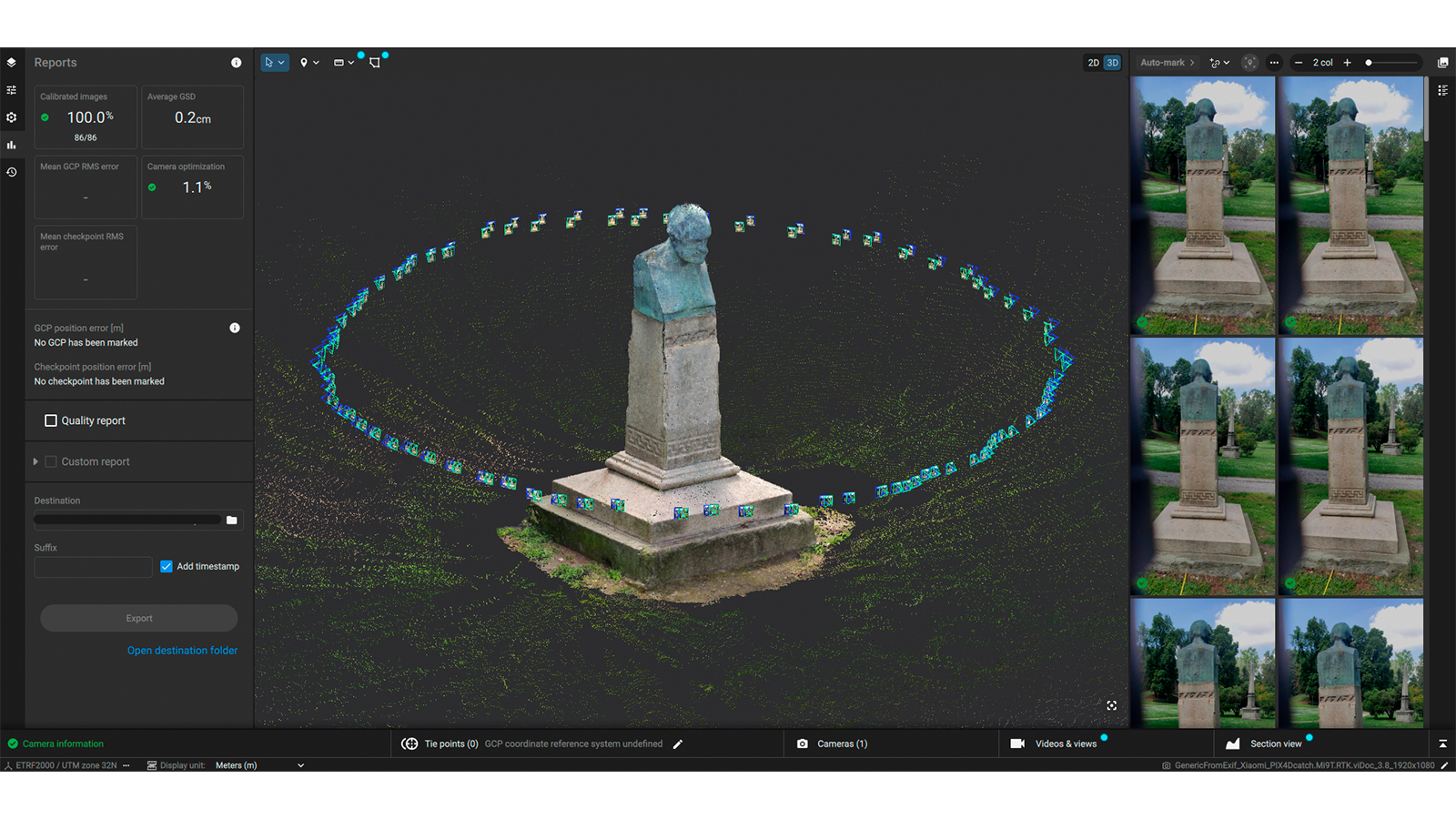
Pix4D offers several advantages:
- Georeferenced imaging: PIX4Dcatch, combined with an RTK device, enables easy georeferenced data capture using only a smartphone, ensuring accessibility
- Ease of use: the intuitive interface and availability of online tutorials enable students to quickly learn the tools, even without prior experience
- Engaging learning tool: Pix4D's interactive technology enhanced student engagement, making learning both practical and enjoyable
These capabilities make Pix4D an excellent tool for heritage conservation and educational use.

Acknowledgments:
“Students gained hands-on experience in photogrammetry using Pix4D’s modern technology, providing an interactive learning opportunity. Pix4D allowed our students to apply surveying techniques while deepening their understanding of the study and conservation of cultural heritage. Thanks to this, they were able to understand the dynamics involved in documenting and promoting cultural heritage." - Rebecca Fascia, Ph.D. student in Environmental and Infrastructure Engineering at the Politecnico di Milano, DICA (Department of Civil and Environmental Engineering)

